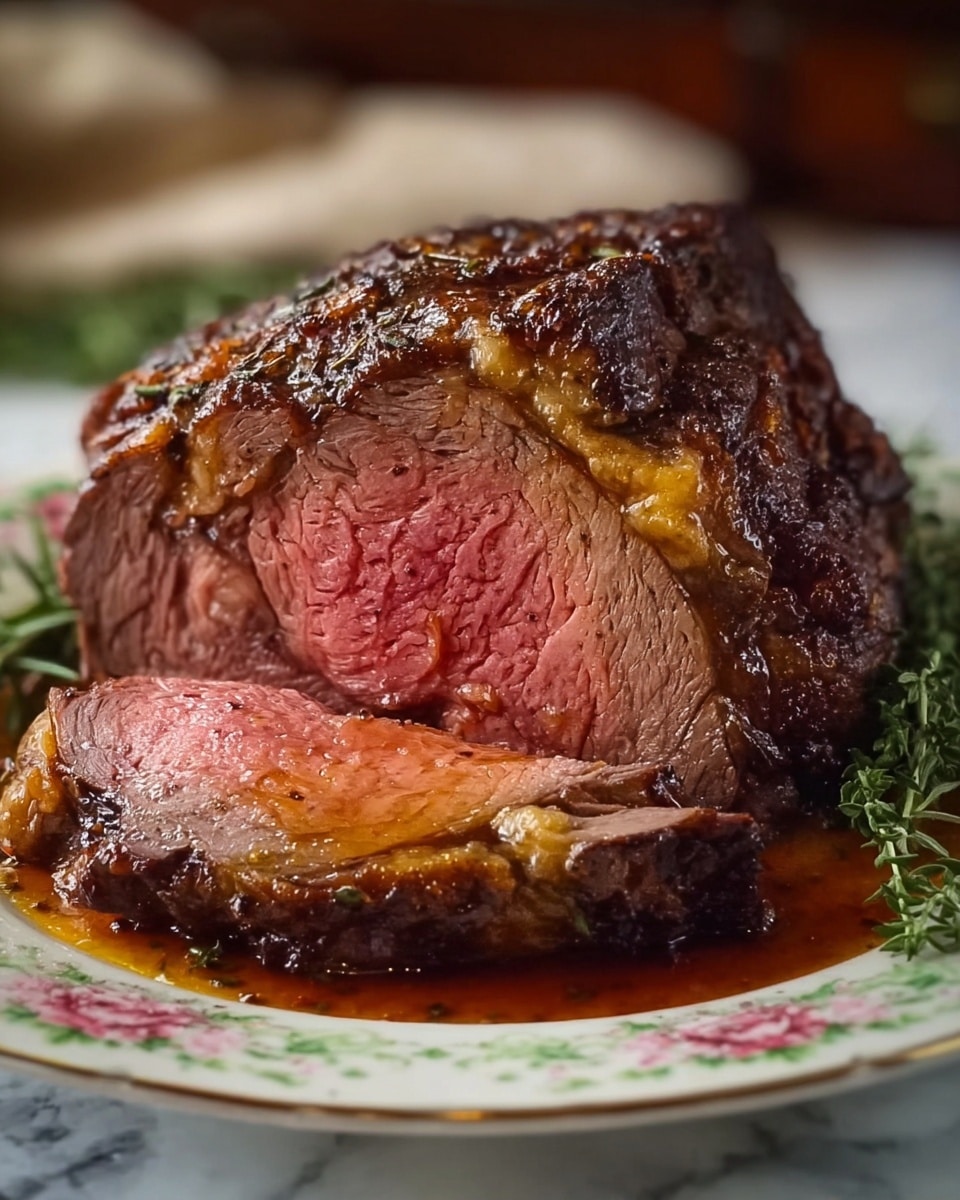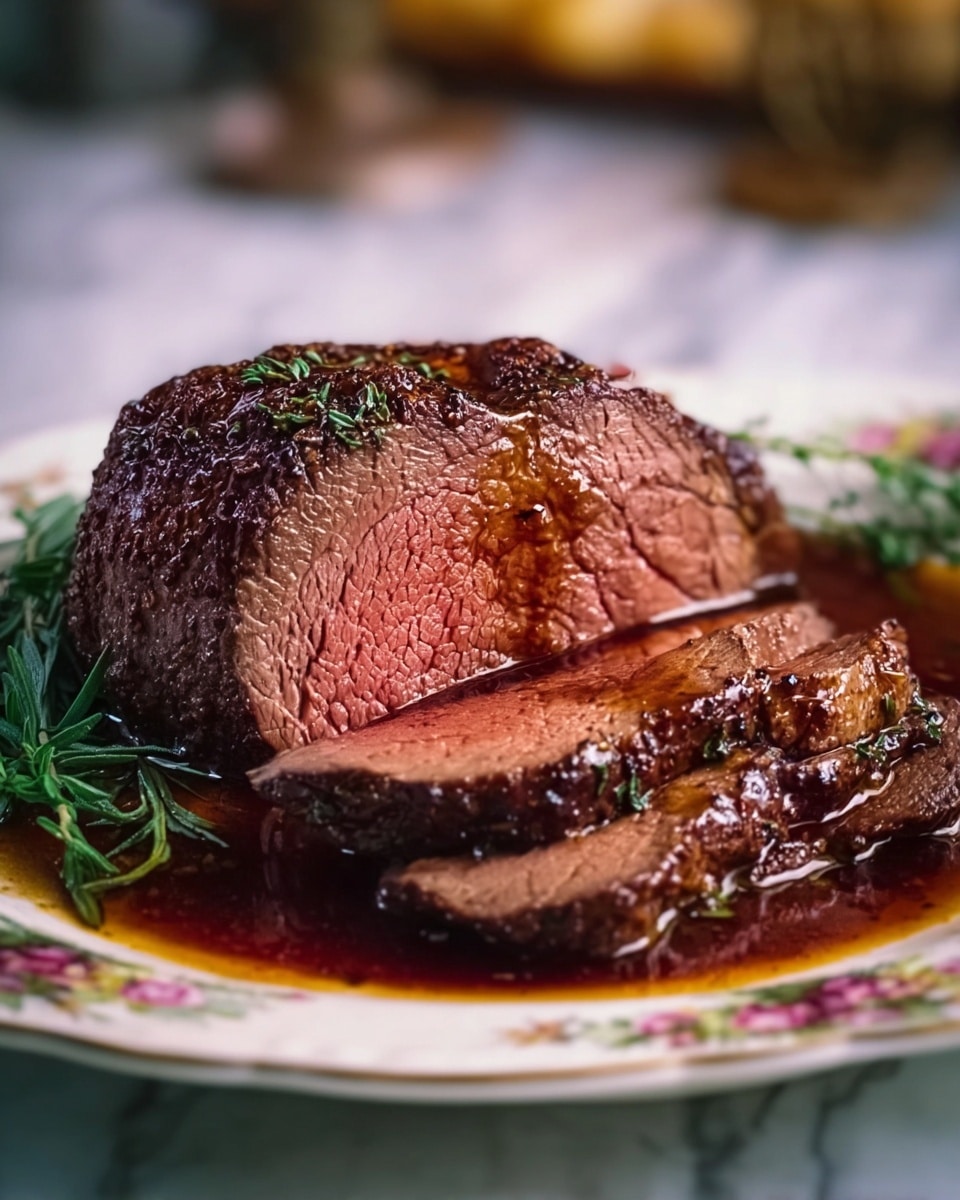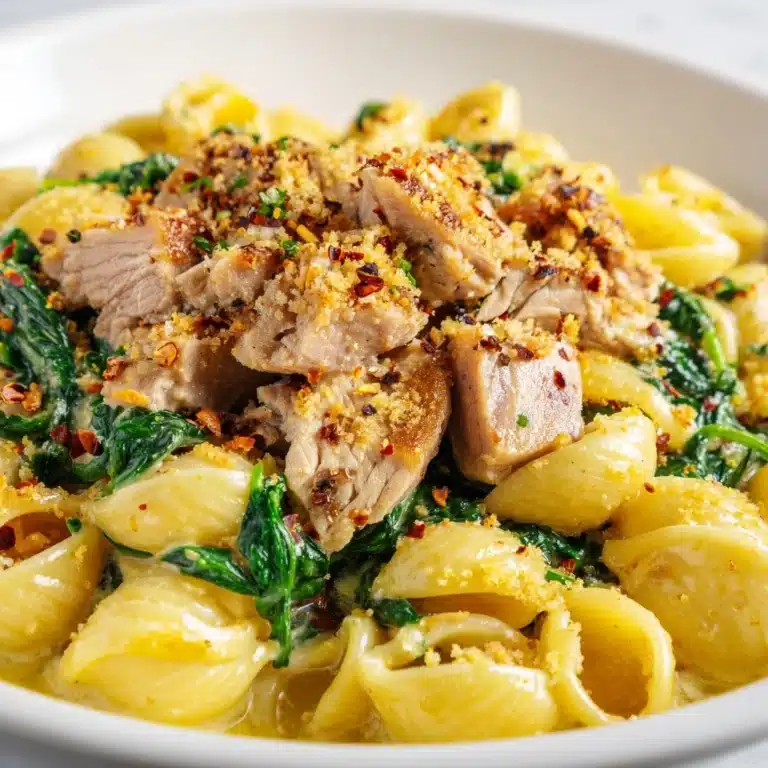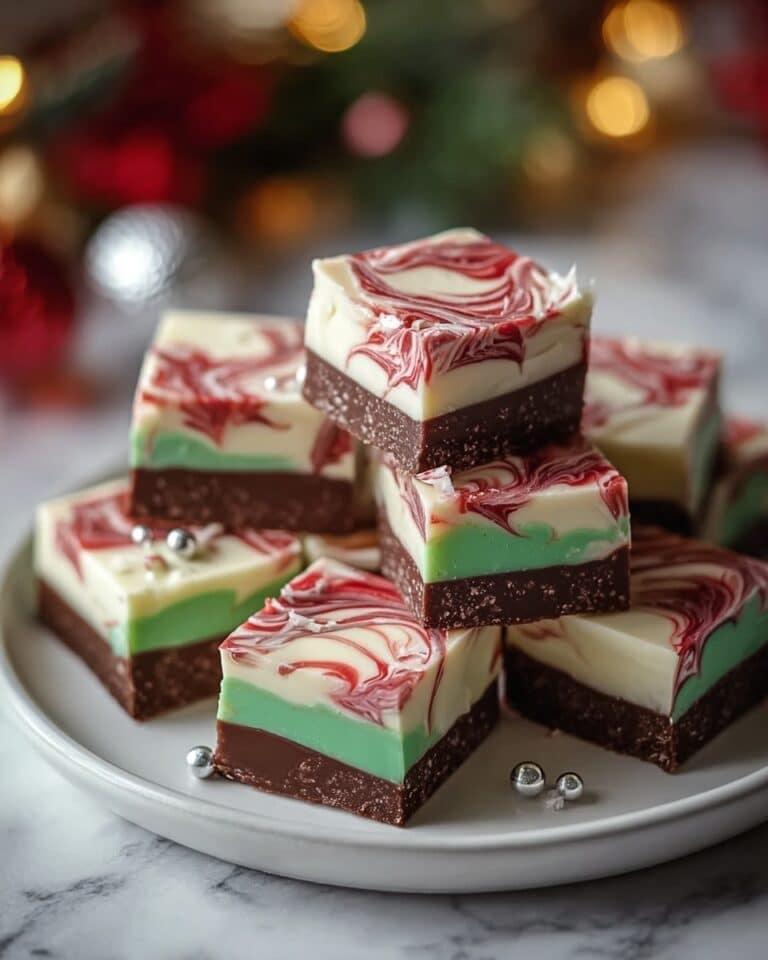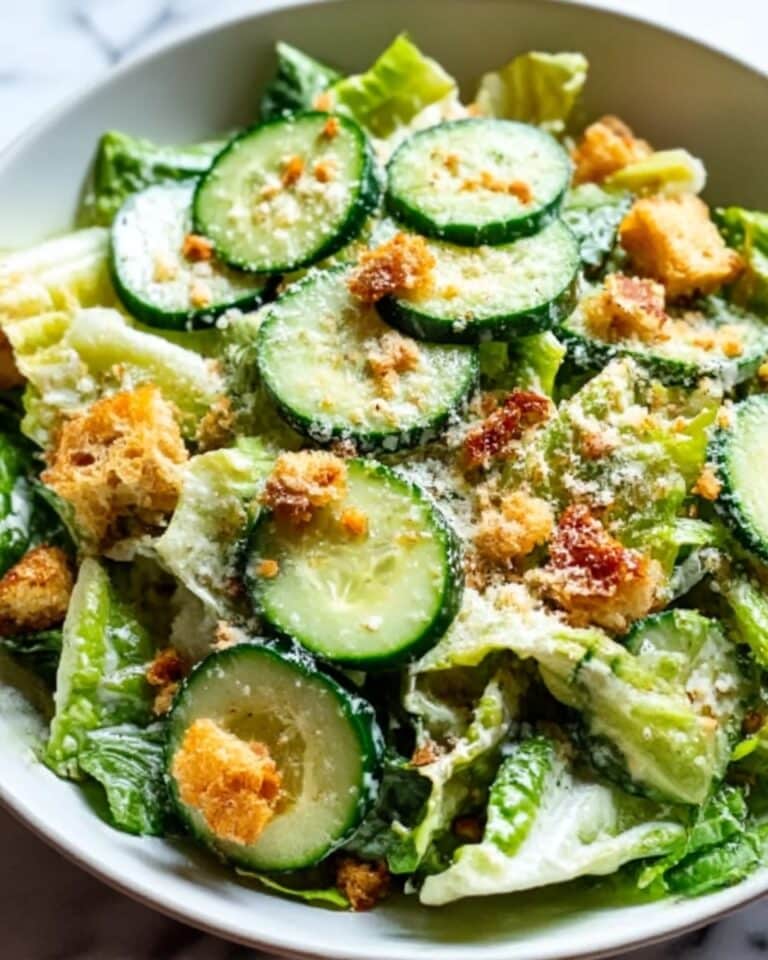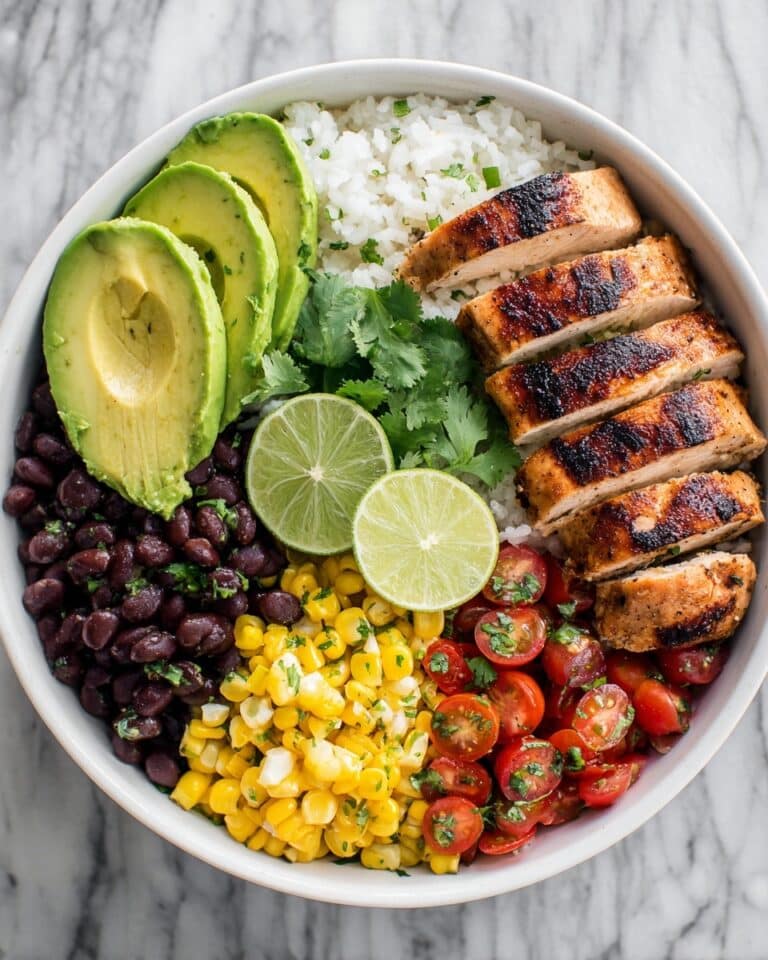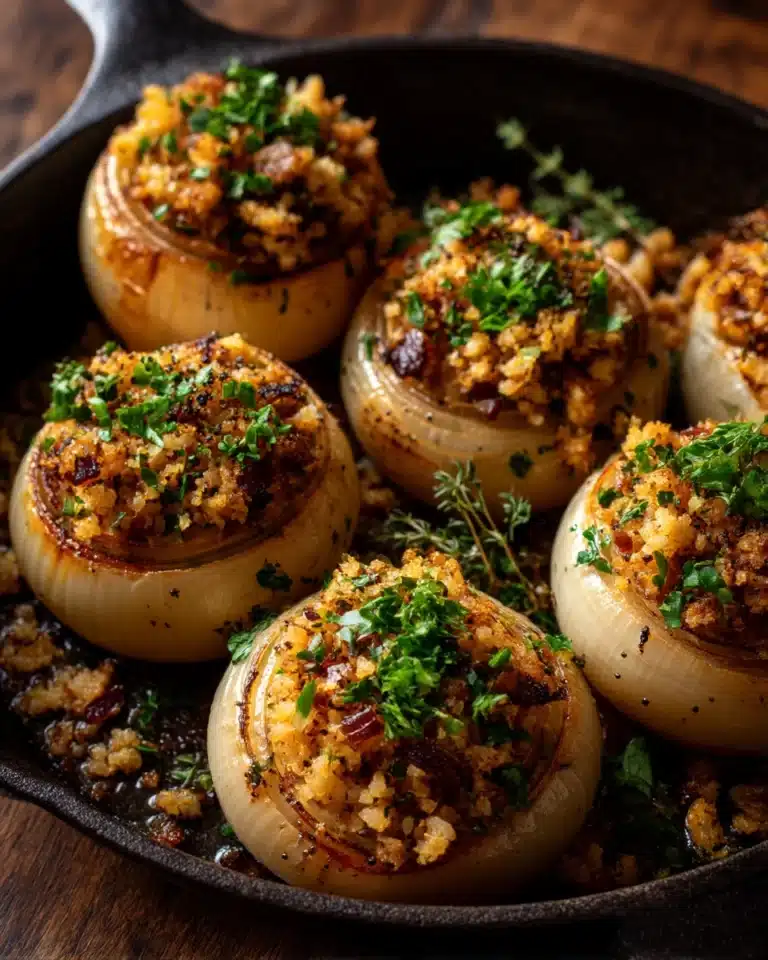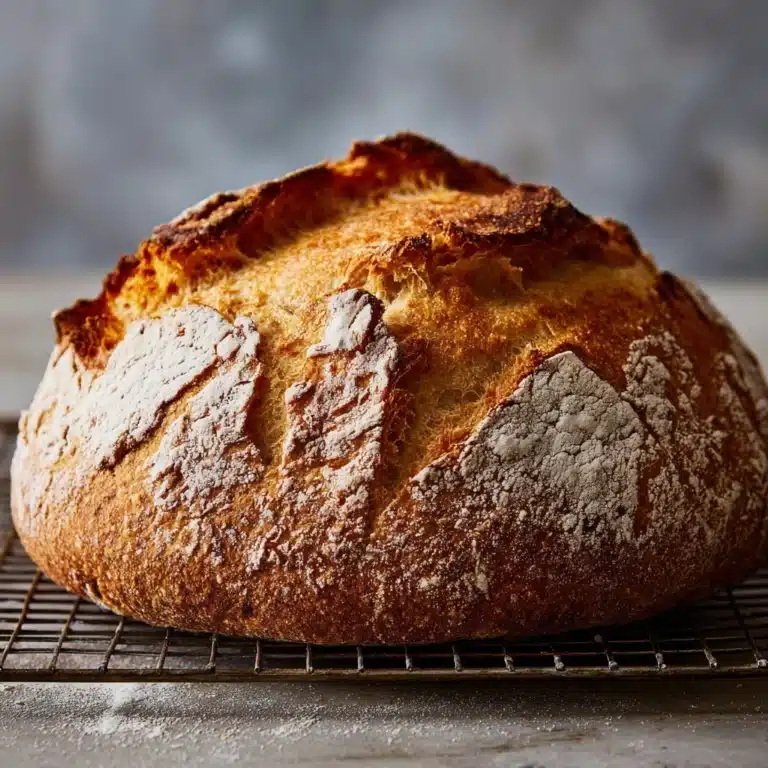If you’ve ever dreamed of enjoying a juicy, tender prime rib without splurging at a fancy butcher shop, then you’re going to love this Poor Man’s Prime Rib Recipe. It takes just a humble beef eye of round roast and transforms it into a mouthwatering centerpiece that tastes like a costly cut. With simple seasonings and an easy roasting method, this dish brings all the richness and flavor we crave from prime rib, without the prime rib price tag. Trust me, once you try this recipe, it’ll become your go-to for special dinners that don’t break the bank.
Ingredients You’ll Need
The beauty of this Poor Man’s Prime Rib Recipe lies in its simplicity. Each ingredient plays a crucial role in building flavor, enhancing texture, or balancing the overall taste, making this dish both accessible and impressive.
- 3-pound beef eye of round roast: This lean cut mimics the prime rib texture when cooked right and is budget-friendly.
- 1 tsp garlic powder: Adds a subtle garlicky warmth that complements the beef’s natural flavor.
- 1 tsp onion powder: Brings a gentle sweetness and depth to the seasoning blend.
- Salt, to taste: Essential for seasoning the meat evenly and enhancing its savoriness.
- Pepper, to taste: Adds a touch of heat and earthiness to balance the richness of the roast.
How to Make Poor Man’s Prime Rib Recipe
Step 1: Preheat the Oven
Start by setting your oven to a scorching 500°F (260°C). This high temperature is key to developing a beautiful crust on the outside of the roast, locking in juices and creating that coveted prime rib texture.
Step 2: Season the Roast
While the oven heats up, generously rub your beef eye of round roast with garlic powder, onion powder, salt, and pepper. Make sure every inch of the meat is coated well — this seasoning crust will bring amazing flavor to the final dish.
Step 3: Roast the Beef
Place the seasoned roast in a baking dish, then pop it into the hot oven. Roast it for 5 minutes per pound at 500°F. This intense heat jump-starts the cooking process so your roast develops those beautiful outer caramelized edges without drying out.
Step 4: Turn Off the Oven and Let It Rest
Here’s the secret twist that makes the Poor Man’s Prime Rib Recipe stand out: after the initial roasting, turn off the oven but leave the roast inside with the door closed for 2 hours. This slow, residual heat gently continues cooking the roast to tender, juicy perfection, just like a slow-roasted prime rib.
Step 5: Slice and Serve
Remove the roast from the oven and slice it warm. The meat should be tender, flavorful, and melt-in-your-mouth delicious — an incredible result for such a straightforward method and affordable cut.
How to Serve Poor Man’s Prime Rib Recipe
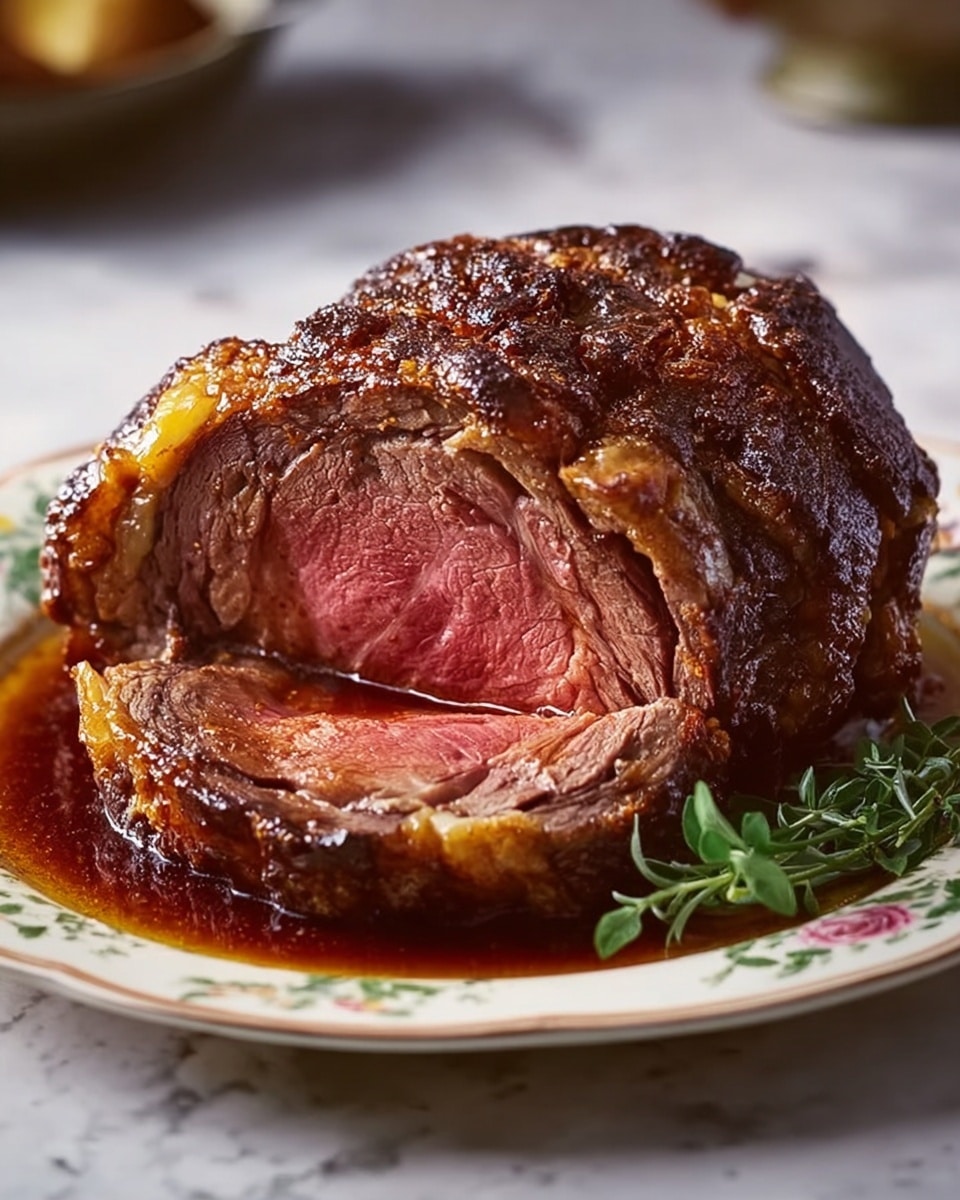
Garnishes
A sprinkle of fresh chopped parsley adds a pop of color and freshness that pairs beautifully with the rich flavors of the roast. If you want to add a little zing, a drizzle of horseradish sauce is a classic prime rib companion that brings the dish to life.
Side Dishes
This recipe pairs wonderfully with classic sides such as creamy mashed potatoes, roasted vegetables, or a crisp green salad. These simple sides let the roast shine while adding complementary textures and flavors that round out the meal.
Creative Ways to Present
For a fun twist, serve thin slices of the Poor Man’s Prime Rib Recipe on crusty baguette slices with a smear of mustard or horseradish cream for open-faced sandwiches. Another idea is to offer it sliced thinly alongside a warm grain salad for a hearty, yet elegant, dish.
Make Ahead and Storage
Storing Leftovers
Cool any leftover roast to room temperature, then wrap it tightly in foil or place it in an airtight container. Stored properly in the fridge, the meat will stay fresh and flavorful for up to 3 days.
Freezing
If you want to save the roast for a longer period, slice it first and freeze the portions in freezer bags. This way, you can thaw only what you need without drying out the meat. Frozen leftovers maintain their quality for up to 2 months.
Reheating
To reheat without losing moisture, gently warm slices in a covered dish in a 300°F oven or briefly microwave them with a damp paper towel over the top. This keeps each bite tender and juicy, just like the first time you served it.
FAQs
What cut of beef is best for this Poor Man’s Prime Rib Recipe?
The beef eye of round roast is ideal because it’s economical and can be tenderized beautifully with this roasting method, mimicking the texture of traditional prime rib.
Can I use fresh garlic instead of garlic powder?
Fresh garlic can work, but garlic powder distributes more evenly and won’t burn during the high-heat roasting, making it the better choice for this recipe.
How do I know when the roast is done?
Instead of relying on a thermometer, the 5 minutes per pound at 500°F followed by 2 hours in the turned-off oven ensures the roast finishes cooking gently, resulting in tenderness and juiciness without overcooking.
Is it okay to open the oven door during the resting period?
It’s best to keep the oven door closed to maintain the residual heat that slowly cooks the roast to perfection and keeps it juicy and tender.
Can I double the recipe for a larger roast?
Yes! Just be sure to adjust the roasting time according to the weight, maintaining the 5 minutes per pound guideline at 500°F before turning off the oven for the resting phase.
Final Thoughts
This Poor Man’s Prime Rib Recipe is a total game-changer for anyone who loves prime rib but wants to keep things budget-friendly and simple. It’s a wonderful way to impress family and friends with minimal effort but maximum flavor and tenderness. I encourage you to give this recipe a try — you might just find your new favorite way to enjoy “prime rib” that feels like a special occasion any night of the week.
Print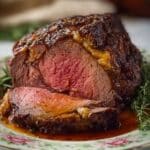
Poor Man’s Prime Rib Recipe
- Prep Time: 10 minutes
- Cook Time: 15 minutes high heat roasting + 2 hours in residual oven heat
- Total Time: 2 hours 25 minutes
- Yield: 6 servings
- Category: Main Course
- Method: Baking
- Cuisine: American
Description
A budget-friendly take on prime rib using a beef eye of round roast. This recipe produces a tender, juicy roast with a flavorful crust by roasting briefly at a high temperature then allowing it to slow-cook in a cooling oven. Perfect for an impressive meal without the prime rib price tag.
Ingredients
Beef
- 3-pound beef eye of round roast
Seasonings
- 1 tsp garlic powder
- 1 tsp onion powder
- Salt, to taste
- Pepper, to taste
Instructions
- Preheat Oven: Preheat your oven to 500°F (260°C) to ensure it is hot enough to create a flavorful crust on the roast.
- Season Roast: Generously rub the beef eye of round roast with garlic powder, onion powder, salt, and pepper. Make sure the seasoning covers the entire surface to enhance flavor.
- Roast: Place the seasoned roast in a baking dish. Roast the meat at 500°F for 5 minutes per pound, which for a 3-pound roast means 15 minutes total. This high-heat searing step locks in juices.
- Turn Off Heat: After the initial roasting, turn off the oven but do not open the door. Leave the roast inside for 2 hours. This slow resting period allows the roast to cook gently and evenly, resulting in tender meat.
- Serve: Remove the roast from the oven, slice it against the grain, and serve warm to enjoy your tender, juicy, and budget-friendly “prime rib.”
Notes
- Using an eye of round roast is a cost-effective alternative to prime rib but requires careful cooking to ensure tenderness.
- Do not open the oven door during the 2-hour resting period to keep the residual heat cooking the roast gently.
- Adjust seasoning to taste, and consider adding fresh herbs if desired for additional flavor.
- Resting the roast after cooking helps redistribute juices and improves texture.

